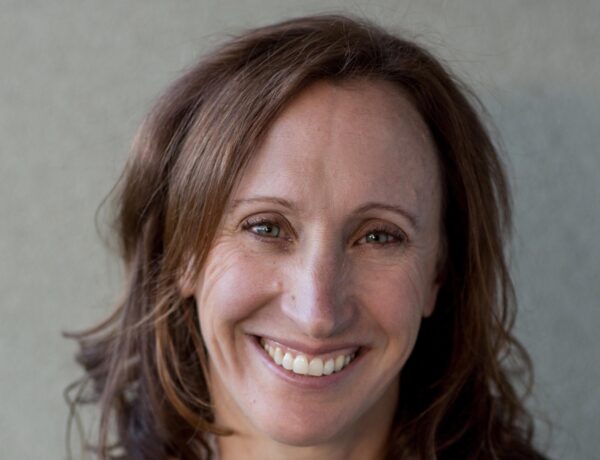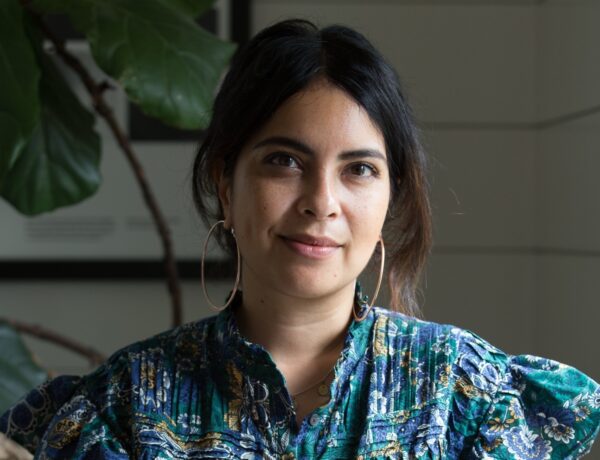Chris Colin is a seasoned journalist, writer, and editor. He currently serves as senior producer for two podcasts and creates music for the shows.
His extensive writing career spans over various prominent publications such as The New Yorker, New York Times Magazine, Mother Jones, and many more. He has won multiple awards including the Society of Professional Journalists Award and the Lowell Thomas awards. Chris is the author of several books including Off, What to Talk About, and Blindsight.
Each week, we publish a new daily writing routine from a famous author. Subscribe to our newsletter so you don’t miss out!
Hi Chris! We’re delighted to have you as a guest on Famous Writing Routines. For our readers who may not be familiar with your work, could you please give us a brief introduction to yourself?
I’m a writer and editor and podcast maker and musician. As a journalist, I guess my beat is Japan’s rent-a-friend industry, Obama’s Irish roots, long-term worry, endangered noodles, chimp filmmakers, blind visual artists, solitary confinement, creepy river access wars, insurgent Barbadian road tennis and a gay chorus’s tour of the Deep South. My work has appeared in the NewYorker.com, the New York Times, Wired, Saveur, Outside, Afar and Pop-Up Magazine.
I’m the author most recently of Off, an adult picture book which Dave Eggers said “must be read like the Bible.” Also wrote What to Talk About, with Rob Baedeker, and What Really Happened to the Class of ’93, Blindsight and This Is Camino.
These days, when I’m not writing, I make two podcasts: Longer Tables with José Andres and Neko Case’s. I also make music for podcasts, which gives me a nice break from my writing brain. I live in San Francisco with my wife and kids.
As a journalist who has covered a wide range of topics from problematic billionaires to George Bush’s pool boy, and has been featured in Best American Science & Nature Writing, how do you go about choosing the subjects for your writing?
I have a short attention span. I’m drawn to stories that somehow hold it for a while. The ones that do that best tend to have a mix of pathos and humor, I suspect. Or maybe they open up some corner of the universe that’s interesting to me at the moment. Or they just involve a really good yarn. If it’s something I’d tell friends about at a bar, and they don’t start leaving the bar, that’s a good sign.
Having written for several publications including The New Yorker, The New York Times Magazine, and Mother Jones, how does writing for different publications affect your approach to storytelling?
It’s not something I spend much time thinking about, other than making sure the topic, approach, length, etc., are a good fit. I probably just naturally slip into the tone and feel of the publication in question. Like saying “y’all” more when I’m back in Virginia. Just happens.
Your latest book Off includes pictures, what was it like incorporating visual elements into your storytelling?
I’d been doing some fairly heavy pieces, guess I wanted to switch things up for a minute. Plus, it seemed from the outside like a picture book would be relatively easy. And guess what — it was! Super fun and easy, and I got to work with this beautiful and hilarious illustrator, Rinee Shah, and sneak all kinds of Serious Internet Critiques into a goofy humor book. And then blather about it in interviews! Loved it.
During 2020 and 2021 you created Six Feet of Separation, a free pandemic publication by and for kids. What inspired you to create a publication specifically for children during such a difficult time?
I just felt awful for all the kids, mine included, who were trapped at home, trying to make sense of their worlds turning inside out. I launched it on a lark, the first week of lockdown, just for the kids in my neighborhood. Word got out, the press started covering us, and soon I had correspondents in India and Hong Kong.
I think it gave them a little agency at an out-of-control time. And selfishly it was lovely to spend all that time corresponding with 5-year-olds, 12-year-olds, 16-year-olds. I’ll tell you one thing: Their emails are vastly more entertaining than grownup emails.
Discover the daily writing habits of authors like Stephen King, Neil Gaiman, and Gillian Flynn with Famous Writing Routines Vol. 1 and learn how to take your writing to the next level. Grab your copy today!
You have won several awards for your work, including the Society of Professional Journalists Award for Features & Long-form Storytelling and two Lowell Thomas awards. How does it feel to have your work recognized in this way?
I support it!
What does a typical writing day look like for you?
I wish I had a typical writing day. Sometimes I’m doing interviews, sometimes I’m deep in research, sometimes I’m typing actual words, sometimes I’m just a professional emailer. The only fixed routine of mine is that I can’t get anything done till I’ve nailed the lede. Which invariably gets thrown away anyway. Weird job.
How do you balance the demands of researching and reporting with the actual writing process?
I don’t! I spend far too much time reading, talking to people, gathering notes. I think every writer eventually makes peace with how much amazing material winds up in some mouldering Scrivener doc. It’s heartbreaking but what are you gonna do?
If you could have a conversation with an author throughout history about their writing routine and creative process, who would that person be?
I would like to know Katherine Boo’s secret for doing that level of reporting AND having a novelist’s eye for character and structure. I’d love to have hovered over Miranda July, like Tom Cruise in Mission Impossible, while she was writing The First Bad Man. Would love an extended conversation and/or brain transplant with Tobias Wolff, too. Ditto Elif Batuman.
I’d love to know about the books you’re reading at the moment. What have been some of your favourite reads?
I’m just about to start my buddy Laurel Braitman’s new memoir, What Looks Like Bravery. Haven’t begun yet, already sad it’s going to end. I’m also reading a book about the De Stijl art movement, for a feature I’m writing, but no need to do the same unless you, too, are writing a feature on the De Stijl art movement. Every couple years I reread Norwood, by Charles Portis, because it’s perfect.
What does your current writing workspace look like?
Long slab of varnished plywood, couple Ikea drawer units holding it up, no better desk ever existed. I love that my keyboard and guitar cables and stapler and coffee cup all have just the right spot, and the desk is shallow enough that it doesn’t accumulate mountains of detritus toward the back. Only hitch is I get zero writing done there. That happens on public transportation, in the shower, on drives and anywhere else it’s inconvenient. I’m forever transcribing from my Voice Memo app and the backs of shopping lists. But the desk is amazing.

Affiliate disclaimer: Some links on this website are affiliate links. We may earn a small commission if you make a purchase through these links, but only promote products we truly believe in. We disclose affiliate links and give honest reviews.



No Comments